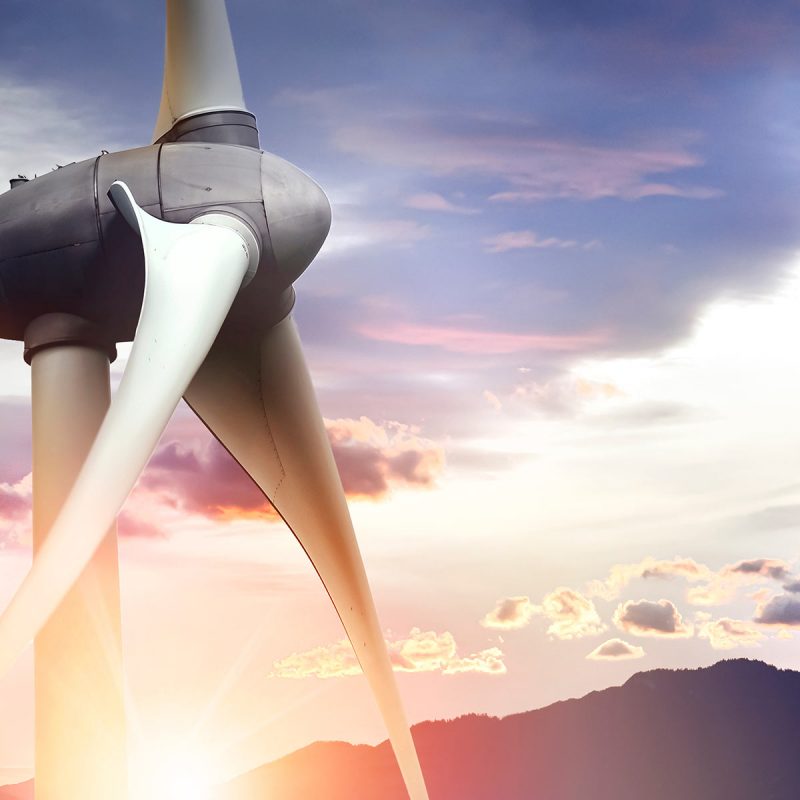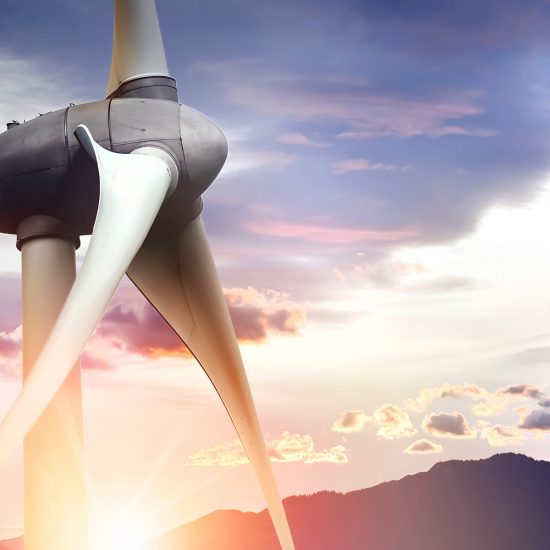Microgrids
the old business model
In the past century, big power plants have concentrated electricity production to attain economies of scale. The concentration of the production required distribution across massive transmission networks.
The U.S. electrical grid is the largest interconnected “machine” on the planet comprising over 200,000 miles of high voltage transmission lines linking thousands of power generating plants to factories, homes, and businesses.




It is an expensive enterprise: every year about one percent of the network — 2,000 miles — needs to be replaced.
In addition, in California, those lines have been determined to cause at least 80 percent of recent forest fires, costing lives and many billions of dollars in damage.
Contrary to fossil fuel based energy, renewable energy, like wind and solar, can much more easily be produced locally for local consumption eliminating the need for undesirable long-distance transmission and distribution. Enter: The Microgrid.

Microgrids are stand-alone, localized power generation and distribution networks. They produce power from locally available renewable resources and typically serve areas the size of a single building, a village, a neighborhood, or several city blocks.
Microgrids generate energy where it is used. They are self-sufficient but can be connected with neighboring microgrids and trade energy according to circumstances and needs.
Ultimately, microgrids can be constructed in a “honeycomb” fashion serving hundreds of thousands of people or even entire states.
the new business model



the future of
Sustainable Energy

Microgrids are more efficient, more reliable as well as cheaper than large scale centralized power production.
